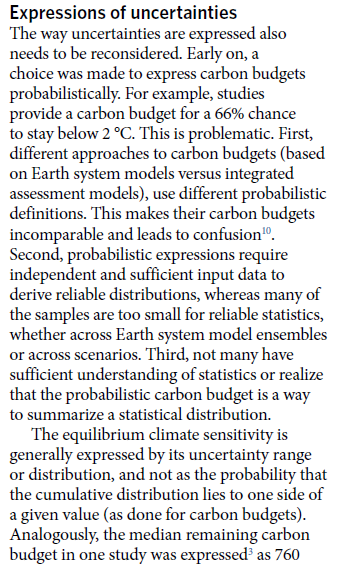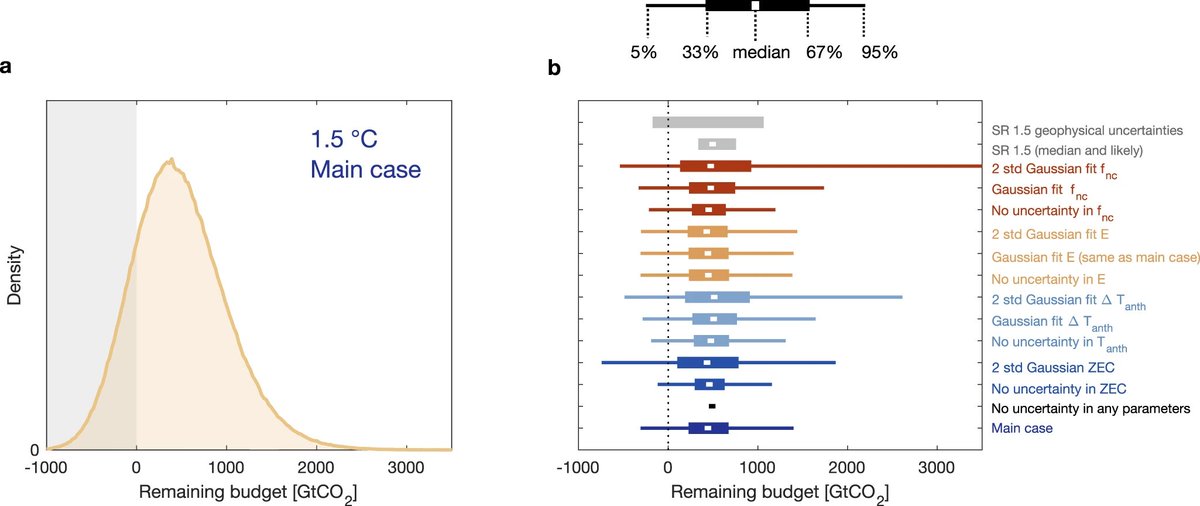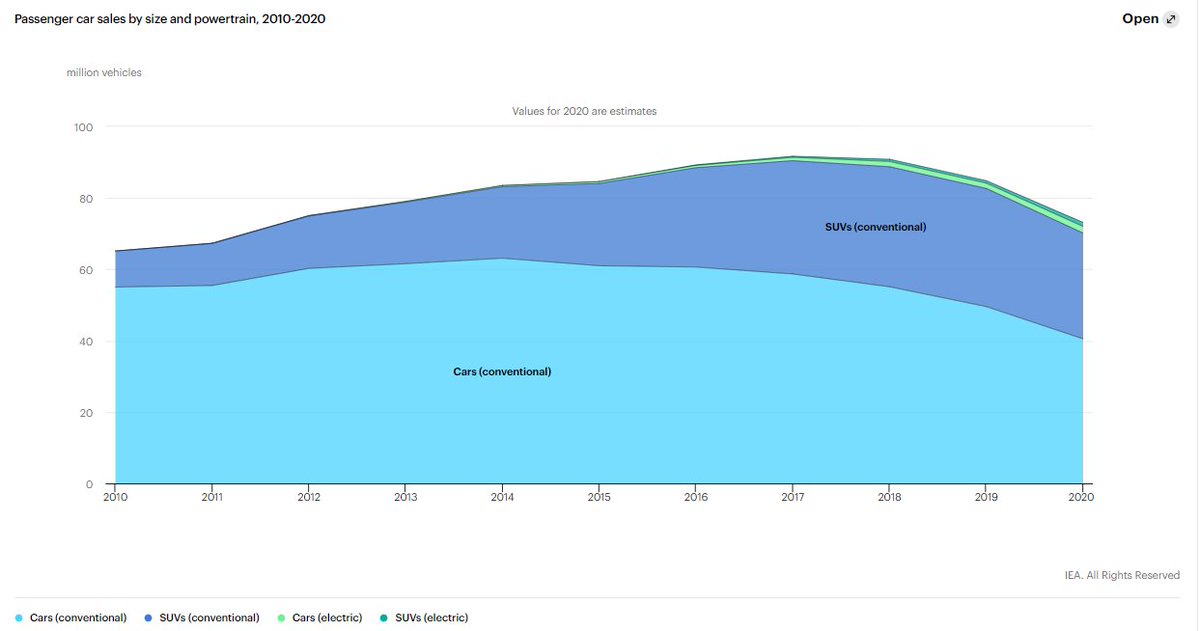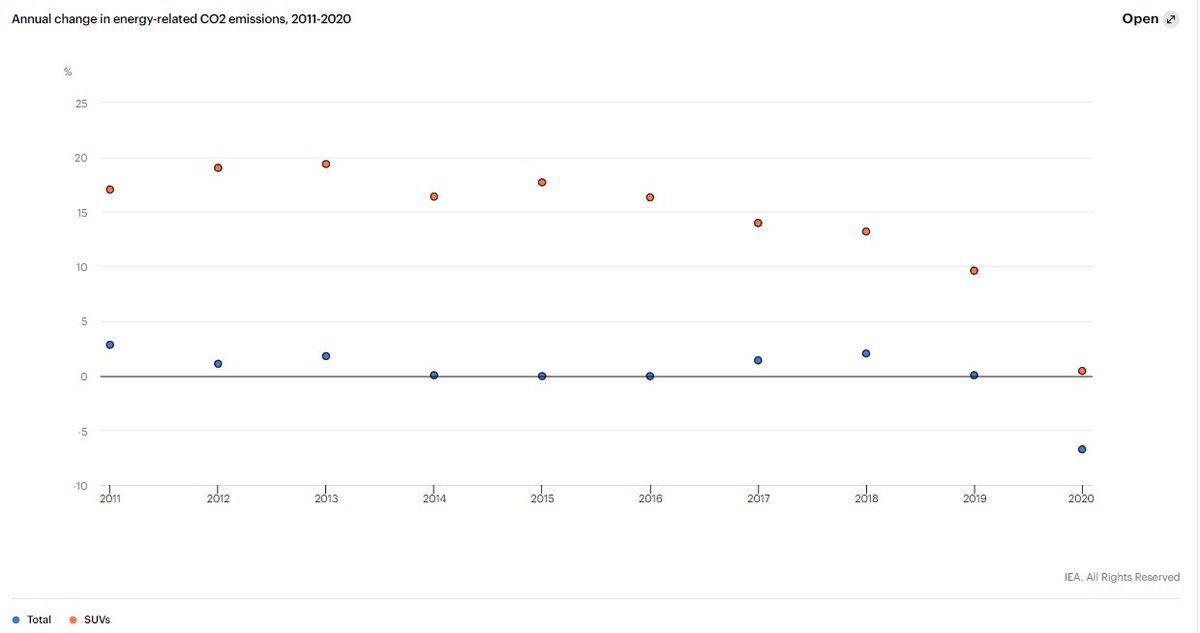
To say "the remaining carbon budget for 1.5°C is 440 GtCO₂" [add favorite number] is highly misleading
Taking a narrow 67–33% range, the value is 230–670 GtCO₂, but full range (left) could be −1000 - 2000 GtCO₂... (yes, could be negative or huge)
1/
nature.com/articles/s4324…
Taking a narrow 67–33% range, the value is 230–670 GtCO₂, but full range (left) could be −1000 - 2000 GtCO₂... (yes, could be negative or huge)
1/
nature.com/articles/s4324…

When I wrote "studies ranging from −100 to about 800 GtCO₂" back in 2018 I was being very conservative (there were no full uncertainty analyses then) rdcu.be/bHT2C
Good to see papers (now) being much more explicit about the uncertainty & range...
2/
Good to see papers (now) being much more explicit about the uncertainty & range...
2/
I have problems with the remaining carbon budgets presented as a single number, instead of a range. Is there any other climate variable presented as a one-sided probability? The ECS, eg, is presented as a range.
rdcu.be/bHT2C
Good to see the authors use ranges!
3/

rdcu.be/bHT2C
Good to see the authors use ranges!
3/


The uncertainties on remaining carbon budgets are huge. Let that sink in.
There is a decent chance the remaining carbon budget for 1.5°C is negative... (ie, too late)
[The uncertainties here are 33-66%, IPCC would usually take "likely" which is more like 16-84%]
4/
There is a decent chance the remaining carbon budget for 1.5°C is negative... (ie, too late)
[The uncertainties here are 33-66%, IPCC would usually take "likely" which is more like 16-84%]
4/

Many of these issues were discussed by me rdcu.be/bHT2C & @Oliver_Geden rdcu.be/cdO59
Back in 2016 I raised many of the same issues: rdcu.be/cdO5Q
[I guess I should publish articles & not commentaries, as perhaps people would read them...]
5/
Back in 2016 I raised many of the same issues: rdcu.be/cdO5Q
[I guess I should publish articles & not commentaries, as perhaps people would read them...]
5/
Here is a blog where I discuss many of these issues, including the uncertainties & the existence of negative remaining carbon budgets for 1.5°C [coincidentally from the model that gave the small budget for 1.5°C in AR5, oh, wonder why...]
cicero.oslo.no/no/posts/klima…
6/6
cicero.oslo.no/no/posts/klima…
6/6

• • •
Missing some Tweet in this thread? You can try to
force a refresh














